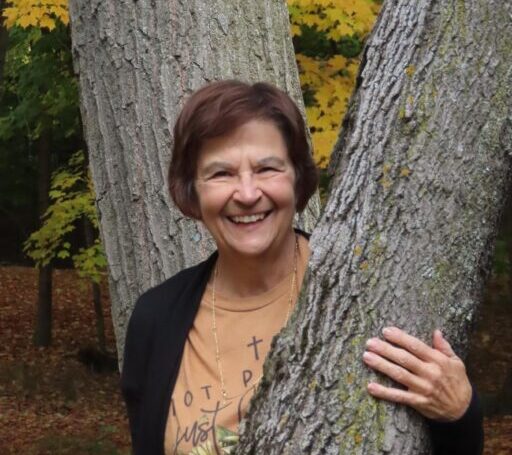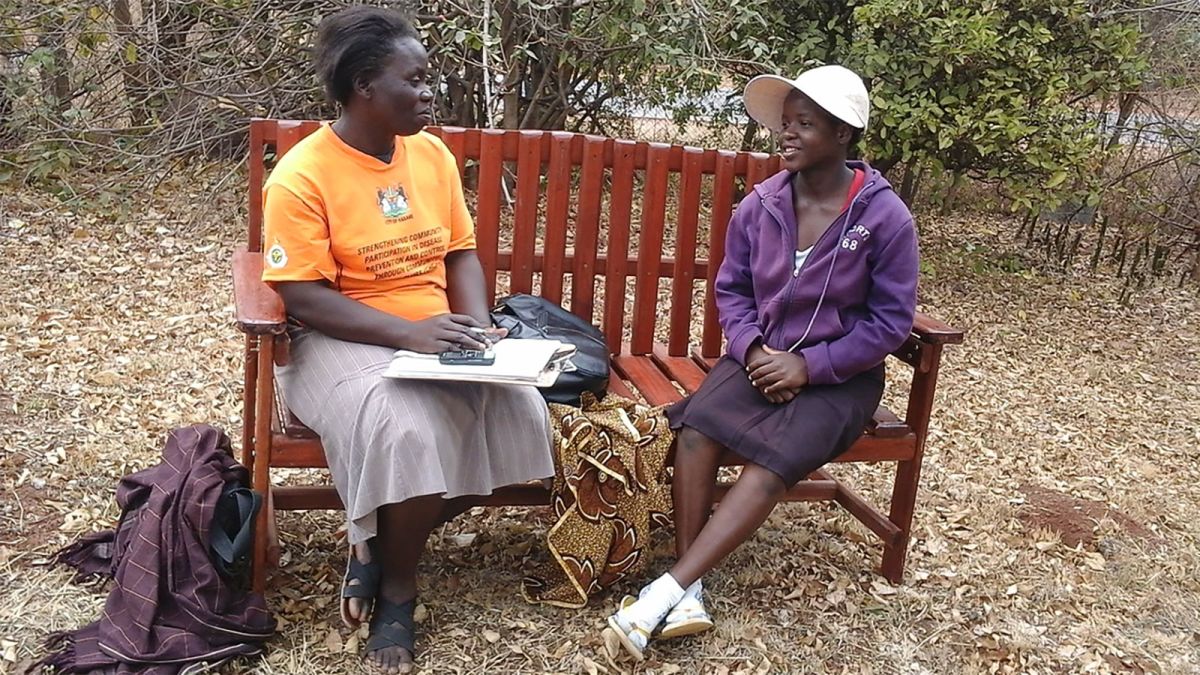Dying Grace
FYI: I write most of my blogs to record family history and stories so that descendants to follow might enjoy reading about and getting to know their ancestors a little better. Hopefully through these blogs, they will grasp a bit more about where they came from and be privy to their ancestor’s personalities, values, and quirks. It seems a bit less daunting to me to write once a month then to try to compile this information into a book. I am delighted when friends and even those I have never met tag along. As a reminder I publish my monthly blog on the first Monday of the month. If you are an occasional reader but would like to be reminded when I publish a new one, feel free to email me at delilalumbardy@gmail.com and I will place you on my reminder list and notify you by text or email – whichever you prefer. Now, let’s step back, again, to days gone by.
Dying Grace
Memorial Day has just passed. My childhood memories of this day are pleasant and comfortable. It was the day the family – Mom, Dad, and us three siblings – piled into our only vehicle – a 50’s bumblebee. The main body of the Mercury was a mellow yellow and the rounded roof was a slightly faded black. This car was known to vapor lock, but Dad assured me it wasn’t a hot enough day for that to happen. I didn’t understand all that, but I trusted Dad so I crawled in without reservations. We were off with a car full of plastic flowers in every color and a few vases of live flowers for the grandparents. Mom and Dad grew up in the same small town which made it convenient on Memorial Day – the loved ones of both sides resided in cemeteries within a 25 mile range. Mom had the flowers all sorted out in her head – which ones were to be placed on Uncle Bob’s grave, Aunt Millie’s grave, Grandpa and Grandma Schultz’s grave, Grandpa and Grandma Galvin’s grave – you get the picture. Mom is not a person (to this day) that likes to make a decision, but this was one of the exceptions.
I especially liked the years Mother Nature smiled on us. The sweet smells of irises, peonies, lilacs and snowball flowers crowded the inside of that old Mercury to the point we would roll down the windows to soften the strong fragrance.
Cemeteries were not scary places to me, but were instead a book of good stories. We often met up with distant relatives that we had not seen since the last Memorial Day. Weather permitting, we might visit for an hour or more, catching up on each other’s family lives and I would listen to the memories shared of the relative at our feet.
If I got bored with adult conversation, I would wander down the row of graves, reading the headstones. It was concerning to me whenever I found a grave of a child – maybe my age or even younger. I would wonder how they died, why they died, and would I die? I knew God was a good God and would take care of me if I went to be with Him, but I wasn’t ready for that. I wanted to be with my parents.
Even though visiting the cemetery as a child caused me to “deep think” things for a few days, I believe it was a good experience. It gave me an understanding of what James tells us in James, chapter 4 verse 14. For you are a mist that appears for a little time and then vanishes. How did this help me to develop character? I thought more of how I could please others because death is a part of life and we don’t have the answers to when our earthly days are over. I thought more about how I wanted to impact this world in a positive way. It helped me to realize we all have things we can contribute to the time here on earth – good or bad – and I wanted to be someone that when others remembered me after I was gone, it would bring a smile.
A lot of years have transpired since my visits to the cemeteries with my parents. My Dad now resides in the cemetery, but he doesn’t make his home there. I enjoy going to his graveside and remembering….but I will enjoy more our reunion in heaven. God has a way of preparing us as we get older. How amazing it is that we can dread death as a child, but as a Christian, that dread transforms into a thing to look forward to as we get older. It’s called dying grace – something we acquire the closer we get to needing it.
Until next month – keep on readin’ and I’ll keep on writin’.

 The one carnivorous plant of the United States that does not rely upon movement for eating, is the pale pitcher plant also known as the yellow trumpet. The design of the plant itself facilitates capture. Once the naive insect lands on the lip of the funnel like trumpet and enters the mouth, the waxy inner surface propels the bug to the bottom. There is no pool of fresh, cool water like you would find at the bottom of a water park slide, but a pool of digestive juices instead, waiting to start the process of decomposing soft body parts. Ah ha! And dinner is served as healthy nutrition is absorbed into the plant.
The one carnivorous plant of the United States that does not rely upon movement for eating, is the pale pitcher plant also known as the yellow trumpet. The design of the plant itself facilitates capture. Once the naive insect lands on the lip of the funnel like trumpet and enters the mouth, the waxy inner surface propels the bug to the bottom. There is no pool of fresh, cool water like you would find at the bottom of a water park slide, but a pool of digestive juices instead, waiting to start the process of decomposing soft body parts. Ah ha! And dinner is served as healthy nutrition is absorbed into the plant. The Venus Flytrap is native to only North and South Carolina. Folks have been so intrigued with this plant that at one point it became an endangered species, prompting growers to cultivate it in greenhouses. The colorful leaves of this plant are lined with stiff hairs. When anything touches these hairs enough to bend them – Smack! In less than a second the two lobes of the leaf snap shut, trapping whatever bug was nosing around. Again, the softer part of the bug dissolves in digestive juices and provides nourishment for the plant. When that process is completed in five to twelve days, the leaves open up again and the hard exoskeleton of the insect either blows away in the wind or is washed away by rain. (There’s a great video on You-Tube showing Mr. Bug being captured.)
The Venus Flytrap is native to only North and South Carolina. Folks have been so intrigued with this plant that at one point it became an endangered species, prompting growers to cultivate it in greenhouses. The colorful leaves of this plant are lined with stiff hairs. When anything touches these hairs enough to bend them – Smack! In less than a second the two lobes of the leaf snap shut, trapping whatever bug was nosing around. Again, the softer part of the bug dissolves in digestive juices and provides nourishment for the plant. When that process is completed in five to twelve days, the leaves open up again and the hard exoskeleton of the insect either blows away in the wind or is washed away by rain. (There’s a great video on You-Tube showing Mr. Bug being captured.)
